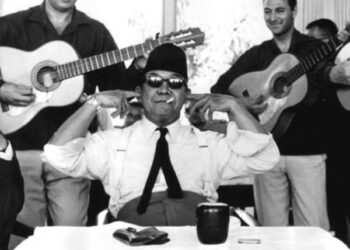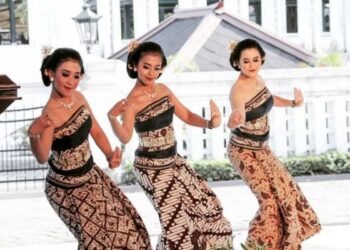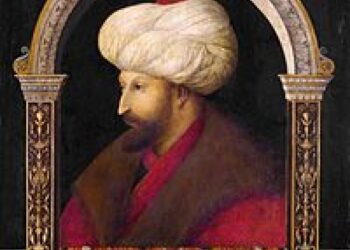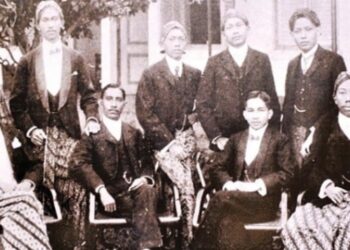CHAPTER II

The main product is pepper, which is mostly grown in the western part of Java. Rice, Oryza sativa, is the second Javanese production and is stacked in large quantities in the kingdom of Java. Java has been called the East Granary because of its abundant rice production. Sugar is also available in large quantities in Java and brought to Batavia. Production Four of them are coffee. But its area is only in Cirebon and Jakarta. Cotton yarn and salt are also objects of trade in Java. Another product is indigo indigo which is mostly shipped to Europe. The extraordinary importance of the island to the Company was indeed very apparent. It produces goods that are needed in trade.
The indigenous population are all called Javanese. Javanese are polygamy, they marry as many women as they can. Their place of residence might be called a hut, not a house, because it is only from bamboo parts. Their main food is boiled rice with a little fish and they drink air. They have no tables or chairs, but sit cross-legged on the dirt floor or on a mat. Cockfighting is a favorite entertainment. A kind of tennis game is also a favorite game for those who play shrewd. How to appreciate them is to approve the forehead with the right hand and accompanied by a slight bending of the body.
CHAPTER III
The city of Batavia which, due to the beauty of its buildings and the lively trade in it was also nicknamed the Queen of the East, was located very close to the sea, on a fertile land, in the kingdom of Jakarta, on the left and right sides of the river which has the same name which divides the city into in two parts. The city of Batavia formed a square and elongated, its shortest sides facing north and south, and there were the longest east and west. Ships that belonged to merchants were free to lean on and be repaired between the Jetties on the west side. There is also an aerial fort which has the aim of maintaining the river’s paths and entry points.
Batavia has five gates, one on the east side, named the two Rotterdam gates on the south side, Baru gate and one Diest gate on the west, Utrecht gate and one house (pounds) which are made every year by each house chosen according to the year dividing schedule . Houses are not rented per year, but per month. The suburb of Batavia is famous for its breadth, comfort and large population. Every Chinese who has the obligation to pay a monthly community tax of half a ducatoon six shillings. In every house there is a room or place where one picture of jostjes or their offerings, painted on Chinese paper, is hung. They also combine their fate with worshipers when facing important problems or jobs.
The pleasant environment of Batavia and in every place is almost always flowed by small rivers, where the paddy fields outside are flooded and fertilized in the appropriate season.
BIBLIOGRAPHY
Stockdale, John Joseph. 2011. Eksotisme Jawa. Ragam Kehidupan dan Kebudayaan Masyarakat Jawa. Yogyakarta: Progresif Books.















